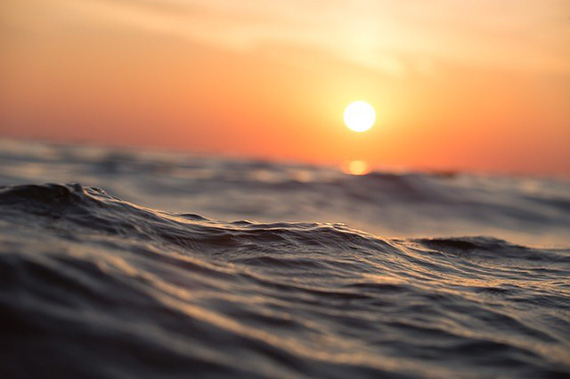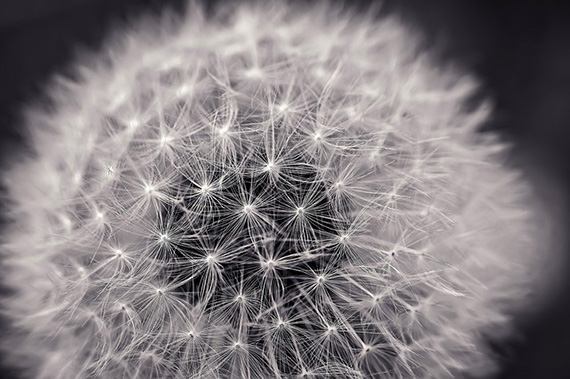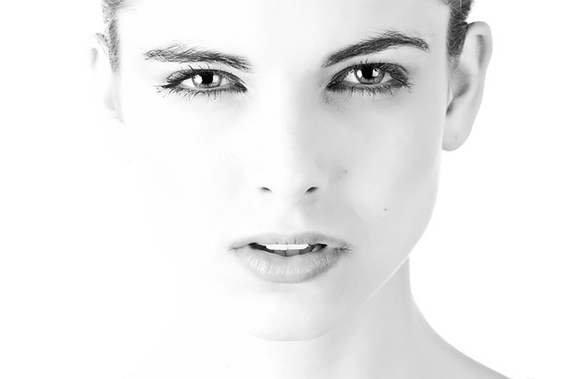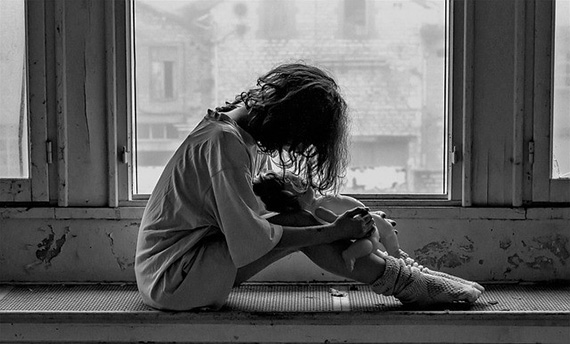When processing your photos it can be difficult to decide whether you should settle with color or black and white.
Are there particular indicators to help you decide when to use either one?
In this post, we will discuss the benefits of color and black and white photography and provide hints to help you decide when to use each option.
Benefits of Color Photography
Color adds a sense of warmth to a photo. If you are taking a photo during golden hour, a photo taken at the right angle will make the viewer almost feel the warmth of the sun’s rays.

The use of color can also be used to evoke a particular emotion from an observer.
For example, bright popping colors will make a viewer feel positive and joyful, especially when coupled with smiling faces.

Conversely, a cold tone (blue and purple overlays) will evoke a feeling of sadness and melancholy.
Color can also be used to help the viewer ascertain the time of day or particular season the photo was taken.
Sunlight seems to colorize an environment in a lighter more subtle way during dawn compared to the deeper and darker hues at dusk.
Similarly, seasons are characterized by their corresponding flora coloration; it would be difficult to conclude whether or not a black and white photo was taken in autumn.
If the aim of your photography is to have the viewer seamlessly contextualize the time of day and/or seasonal period of a photo; color photography will represent this information in a way black and white photography simply cannot.
When to Use Color Photography
As mentioned above, color photography is the ideal choice if you wish to communicate the time of day and season a photo is taken.
But if you are still uncertain whether or not you should be choosing color, ask yourself this question:
What is the key element of your story?
Whenever a photographer takes a photo, the aim should be to tell an entire story in one single frame.
If a photographer takes a photo of a basketball player shooting the ball during a game, by focusing on the face of the player the photographer is telling the story of concentration, intensity, and grit.
If a photographer takes a photo of a newly married couple kissing, the story of love is being told.
Each of these ‘stories’ includes a key element—the prominent features of the photo:
The basketball player.
The married couple.
In the former example, it would be important to use color when taking a photo of the basketball player because it will help the viewer identify the basketball player’s team by the colors on his jersey.
In the latter example, color is not a necessity because it will not make the key element (the married couple) more prominent.
Another example of when to use color is when taking photos of fruit or flowers.
The vibrant colors of fruit and flowers are characteristic of their identity; a black and white photo of a strawberry will not represent its ripe juiciness as effectively as a color photo would.

So, if color helps define the key elements of your story, definitely choose color photography.
Benefits of Black and White Photography
Black and white photos are difficult to date. It’s hard to tell the time of day, let alone the era the photo was taken.
The benefit of this ambiguity is the timeless factor of black and white photos.
Since the only two elements defining a black and white image are light and shadows, black and white photos seem much more dramatic.
Because of this strong dramatic influence, if the intent of the photographer is to elicit a feeling of joy, a black and white photo will not have the same effect as a vibrant colorful photo.
Black and white photos are therefore best suited for more serious storytelling because they transmit emotions like sadness, nostalgia, and anger a lot more effectively than color photography.
When to Use Black and White Photography
Just like color photography, the purpose of black and white photos is to tell an eternal story in a single frame.
And like any photographic story, there is always a key element.
If the use of color distracts the viewer from the key element of the story being told, a black and white scheme is a better option to choose.
Notice how in this photo, the key element is the embracing hands. Color, in this instance, might distract the viewer from focusing on the hands.

Black and white photos create a picture consisting of light shades, texture, and contrast which makes black and white photography a great option if your intention is to capture the texture of your subject.

Keep in mind that black and white photos look the best when there is a wide dynamic range of shades.
For example, if you take a black and white photo of scenery that is primarily populated with a single shade of grey, it will be difficult to identify the key element and the overall photo will look bland and visually boring.
If, however, your scenery has a wide tonal range, it will be much more visually appealing.
Here is an example of a photo with a narrow tonal range. Notice how the photo lacks impact and how viewing it is not an enjoyable experience:

Now compare that photo to this one with a higher tonal range. Notice how prominent the key element is and how much more impactful this photo is:

Important Photography Tip
When taking photos we recommend that you set your camera to capture photos in a raw format.
Taking photos in a raw format will save their color presets, so when processing your photos you will have the luxury of deciding whether you would like to make them black and white or color.
If you were to take a black and white photo in a JPEG format on your camera, you will not be able to revert it to color if you choose to do so.
So, as a safety net, take your photos in color and in a raw format in order to have the option of transforming it into a black and white image if needed.
Conclusion
If you want to evoke a sense of warmth and joy, take photos in color.
If, however, you want to emphasize on light, shadows, and texture, black and white photos would be a better option.
Now go out there and tell your unique story, one photo at a time.
About the Author:
Matt Fey writes for PrintingCenterUSA, an online printing and mailing service provider.
Go to full article: Color vs. Black and White Photography
What are your thoughts on this article? Join the discussion on Facebook
PictureCorrect subscribers can also learn more today with our #1 bestseller: The Photography Tutorial eBook
The post Color vs. Black and White Photography appeared first on PictureCorrect.